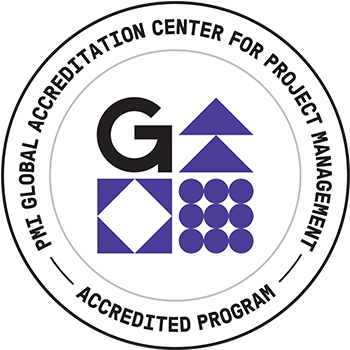
 Paper and Presentation: Life Cycle Cost optimization within decision making on alternative designs
Paper and Presentation: Life Cycle Cost optimization within decision making on alternative designs
Abstract: This paper is to feature the importance of the life cycle cost criteria in decision making on the proposals of construction projects. Life cycle costing is a method for financial analyzing of all costs associated with initial construction, operations over its lifespan, and maintaining a construction project over a defined period. Obtaining the costs and savings, we can then directly compare these areas and be fully informed when decisions will be made. The most significant advantage of life cycle costing can be obtained in the initial phase of the construction projects. Construction cost and equipment cost is vital for a complicated decision-making process in the optimization of the life-cycle cost of a project. In this paper, a probabilistic life cycle analysis will be performed to compare precast concrete pavement over traditional onsite casting. With this solution, the minimal value of the life-cycle cost of pavement alternative can be selected. This paper will also discuss the issues of life cycle costing and difficulties analyzing it. The study will also help to clarify the necessary data, and a suitable process of life cycle costing will be proposed. Decision-making using the probabilistic life cycle cost optimization will be demonstrated in this paper using GAMS.
PMI Talent Triangle Skill: Technical Project Management
Paper and Presentation: Strategic Decision-Making for Supply Chain Network Design and Expansion
Abstract: Decision-making process for supply chain in any industry for providing any goods or products and making profits is multi-angle. Traditionally, the decisions-made were based on the principle of meeting the demand. While meeting the demand is of highest priority other most important aspects include the cost, policy and regulation compliance, and competition in the market. To find an outcome that will satisfy all these aspects together and arrive to an equilibrium that no player in the market want to deviate from a particular state can be challenging. The problem becomes even more complex when there are more than one non-cooperative suppliers in the market and the decision-maker for a larger or leader supplier should decide the best strategic move supporting supply network expansion given the anticipated moves of other smaller or follower suppliers in the market. To aid decision-makers in this process a mathematical game-theoretic two level leader-follower problem known as Stackelberg game is developed, in which the lower-level problem formulated for this research solves an equilibrium problem, which when combined with upper-level problem is known as mathematical problems with equilibrium constraints (MPEC). Stackleberg games are commonly used by governments for analyzing regulations on an economy or on a particular industry. Stackelberg game is thought to be a non-cooperative game where the follower makes its move by accepting leader’s choice and the leader by anticipating that follower takes its choice solves its problem for both upper and lower-level problem variables for own profit maximization or for any other objective.
PMI Talent Triangle Skill: Strategic and Business Management
Biography: Hakob Gevorg Avetisyan received his doctoral degree in Civil and Environmental Engineering (Project Management) from the University of Maryland (College Park, MD). Prior to the doctoral degree he received three MS and M.Eng degrees in Civil and Environmental Engineering and in Environmental Policy and Planning. Since the first years of his academic journey he tackled research projects that addressed the real – world challenges of environmental sustainability and energy, transportation and construction management. Avetisyan, who joined the College of Engineering and Computer Science in fall 2013 as an assistant professor of Civil and Environmental Engineering, has garnered awards and grants for his scholarly work. He has number of publications in prestigious journals related to research in construction engineering and management, transportation and energy industries, port security and seismic analysis of bridges. In March 2014, Avetisyan with co – authors received a Best Paper Award from ASCE Journal of Construction Engineering and Management for the paper published in 2012 for developing a decision support model for construction equipment selection. In 2015 Avetisyan proposed the idea of Construction Equipment Sustainability Index for informed decision – making. His primary research interests are construction engineering and management, operations research, economics and security with a particular emphasis on developing optimization and game – theoretic models for processes in the construction, energy, and transportation industries, environmental sustainability, civil systems engineering, water/wastewater treatment and distribution, and system resilience/recovery.

